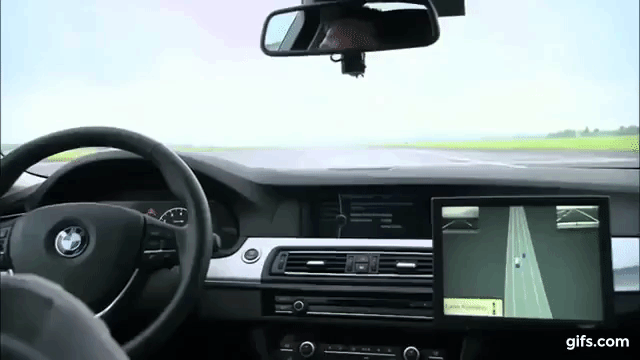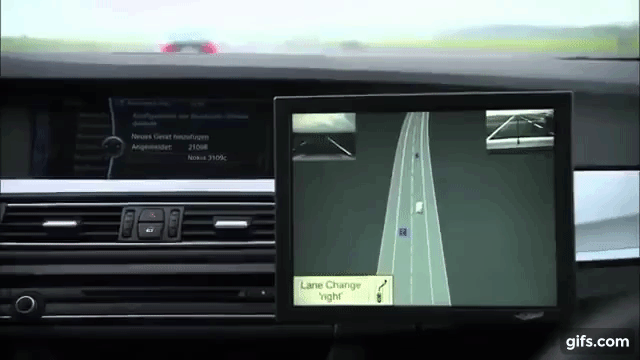The BMW X5 currently has it, and so will the BMW 3 series. It uses eyeq4 with a trifocal camera.
Obviously eyeq4 has a vision system capable of powering a level 5 sdc. But automakers usually do the bare minimal and sometimes only enough to get them their 5 star rating. Tesla with AP1 and supercruise being the exception. Audi A8 might also be tagged onto that list when its L3 is turned on after OTA Update Q1 2019 in Europe. Then theres Nissan L3 in Japan next year and then another big automaker with L2 using rem map by end of 2019.
So it's looking good for eyeq4 oem implementations.
But here's the breakdown of BMW features.
Driving Assistant Pro:
1. Steering & Lane keeping assist (anywhere)
2. Adaptive cruise control with automatic speed limit adjustment. (anywhere)
3. Automatic lane-change function using turn signals. (anywhere)
4. Unlimited hand-free driving (limited access freeway only) under 37 mph. Using driver monitoring camera ala supercruise. (Coming in OTA update 12/2018) - Extended Traffic Jam Assistant
5. Emergency Stop Assistant - There is a button you push (or if you pull the emergency brake handle) the car will change lanes by itself until the car gets onto the lane shoulder and stop the car safely. If you are in the middle lane or left most lane for example. It will change lanes till it gets to the shoulder. This is pretty cool L3-ish feature.




